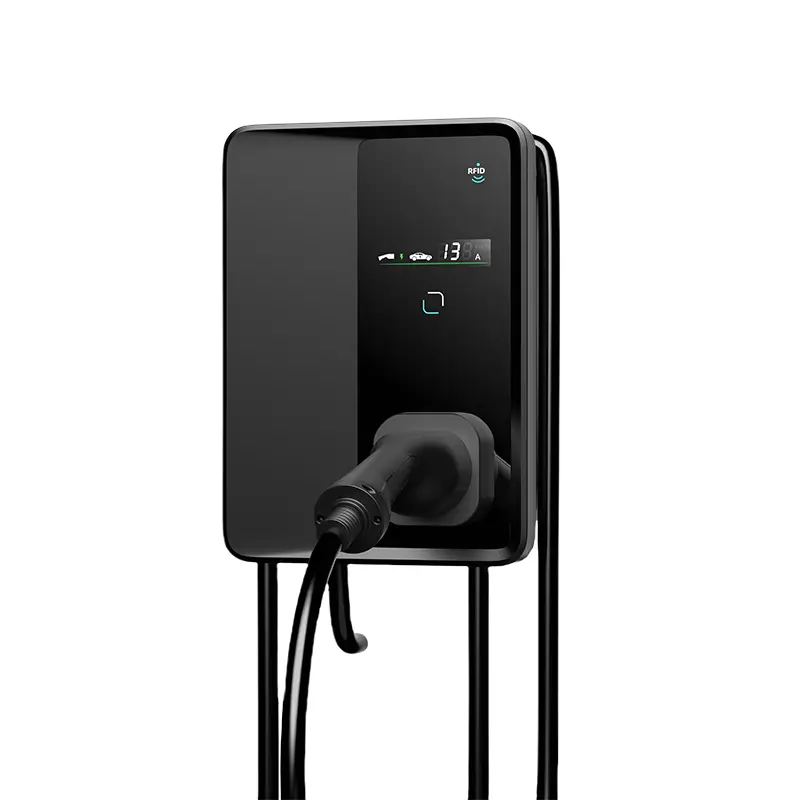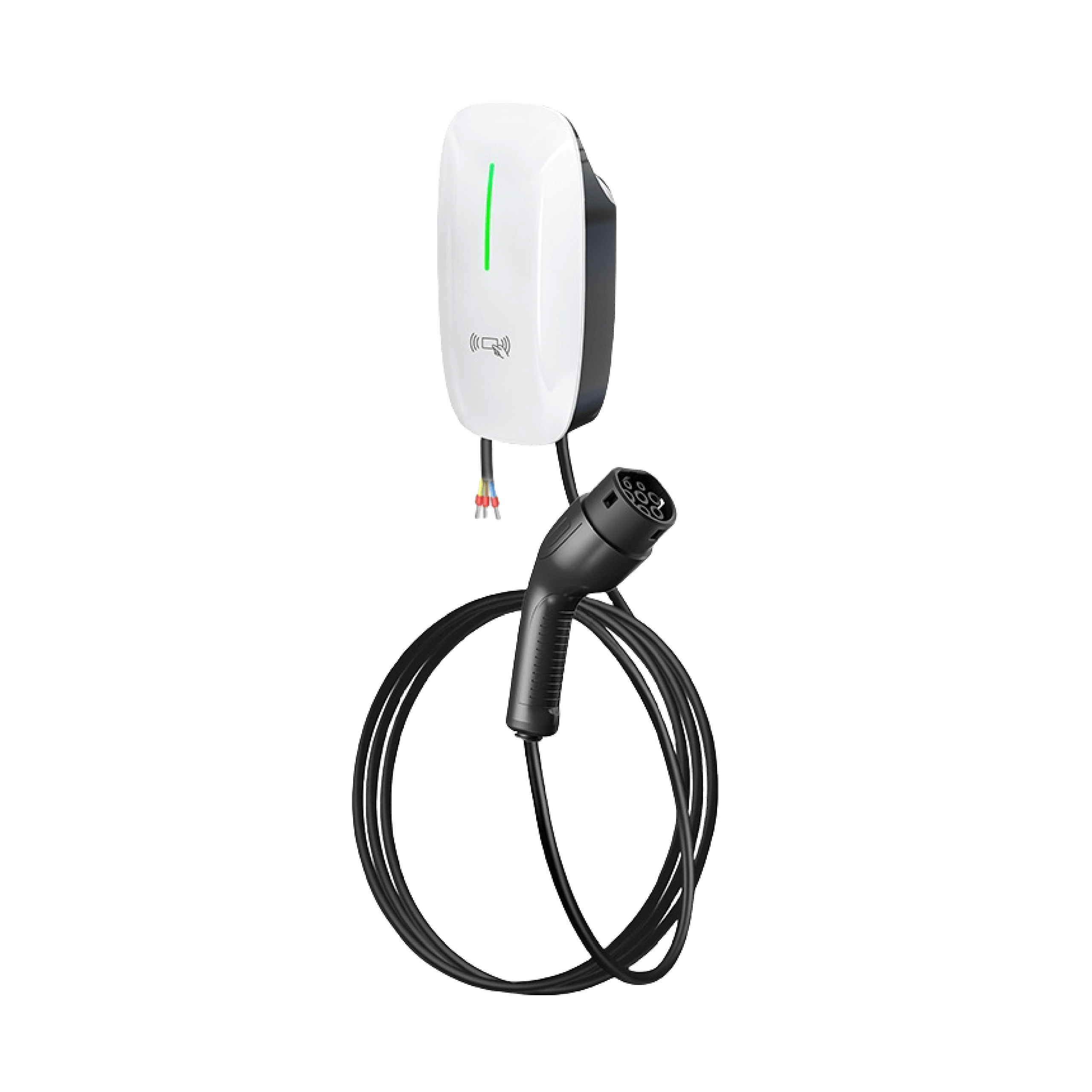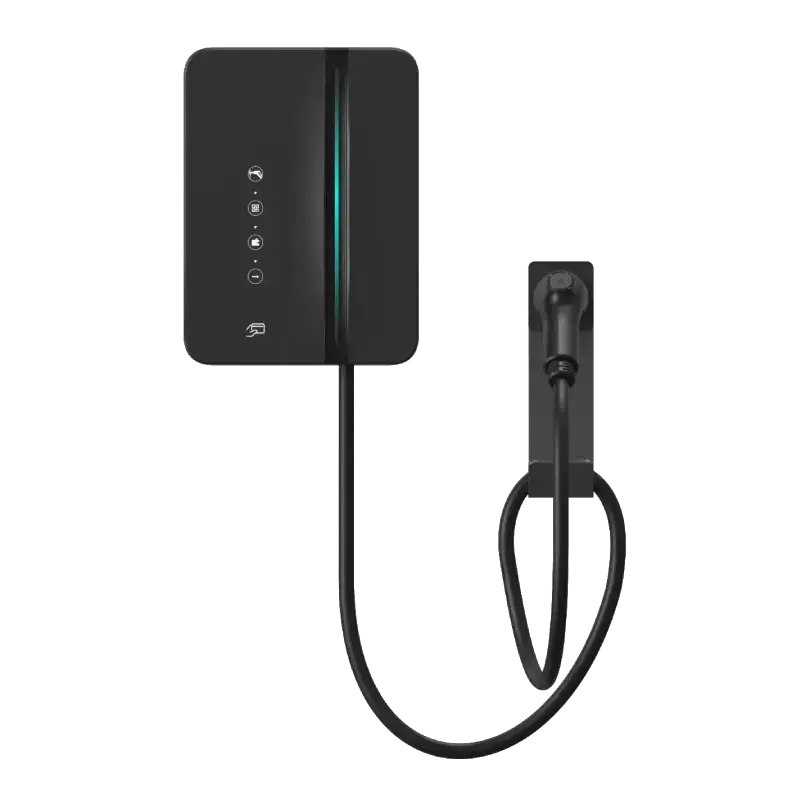Introduction: The Business Case for Commercial EV Charging Stations
The transition to electric mobility is no longer a distant projection—it is happening now. Businesses that operate shopping centers, office buildings, residential complexes, and commercial properties are facing a new expectation from tenants, customers, and visitors: reliable and convenient EV charging. A commercial ev charging station is no longer viewed as a luxury amenity but as a strategic investment that influences occupancy rates, brand positioning, and customer loyalty.
For B2B property owners and operators, the question is not whether to adopt EV charging solutions, but how to build a model that delivers profitability while ensuring long-term competitiveness. Unlike private home chargers, a commercial deployment involves multiple stakeholders: tenants who want convenience, drivers who expect reliability, and property managers who seek revenue growth and operational stability.
The business imperative lies in aligning environmental goals with financial outcomes. Installing a commercial charging station can improve a property’s attractiveness to eco-conscious tenants and customers, while simultaneously unlocking multiple income streams. When integrated with advanced software and load management systems, the charging infrastructure also contributes to operational efficiency and cost savings.
In this context, understanding the profit mechanisms and exploring how to shorten the payback cycle becomes critical. This article dissects the ROI logic, outlines the key profit models, and demonstrates how end-to-end charging solutions enable property owners to achieve sustainable growth.
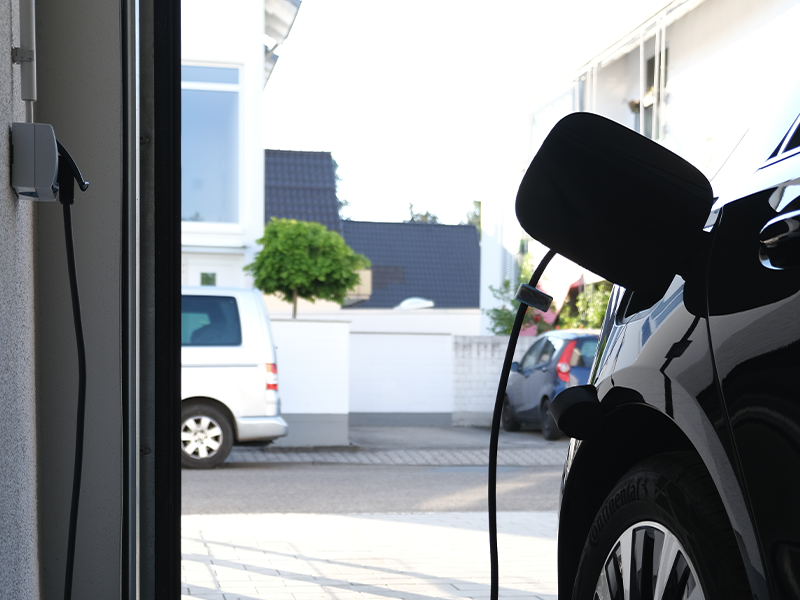
Decoding the Payback Logic Behind EV Charging Networks
For B2B buyers, the decision to invest in a commercial charging station is ultimately tied to return on investment (ROI). While the upfront installation may appear as a cost burden, the actual financial equation is more nuanced. A charging station is not just hardware—it is a profit-generating ecosystem when paired with the right operational model.
Multiple Streams of Revenue
The ROI logic begins with identifying revenue streams. Direct charging fees are the most visible income driver, but the real value often lies in indirect benefits. For example, when visitors stay longer to charge their vehicles, businesses benefit from increased foot traffic and higher spending in retail, dining, or entertainment zones. Commercial property owners can also leverage charging facilities as a justification for higher rental rates or management fees, thus boosting asset value.
Subsidies and Incentives
Government subsidies, tax rebates, and sustainability incentives further accelerate the payback cycle. By reducing upfront investment costs and offering ongoing credits, these programs make it easier for commercial properties to achieve profitability faster. For B2B operators, aligning their charging infrastructure with regional policy frameworks ensures they maximize available benefits.
Cost Efficiency and Operational Savings
Modern EV infrastructure goes beyond simply delivering electricity. Intelligent software platforms allow property managers to monitor usage, optimize load distribution, and even resell excess energy to the grid where regulations permit. This operational efficiency reduces total cost of ownership (TCO) and helps balance energy expenses against revenue.
Beyond Cost Recovery: Strategic ROI
The ROI equation should not be limited to financial returns alone. A commercial charging station enhances a property’s market positioning by aligning with environmental, social, and governance (ESG) goals. Businesses that adopt charging infrastructure signal a forward-looking vision, attracting sustainability-minded tenants and reinforcing their reputation as innovative market leaders.
When calculated holistically, the ROI of EV charging includes both tangible revenue and intangible benefits that elevate a property’s competitiveness.
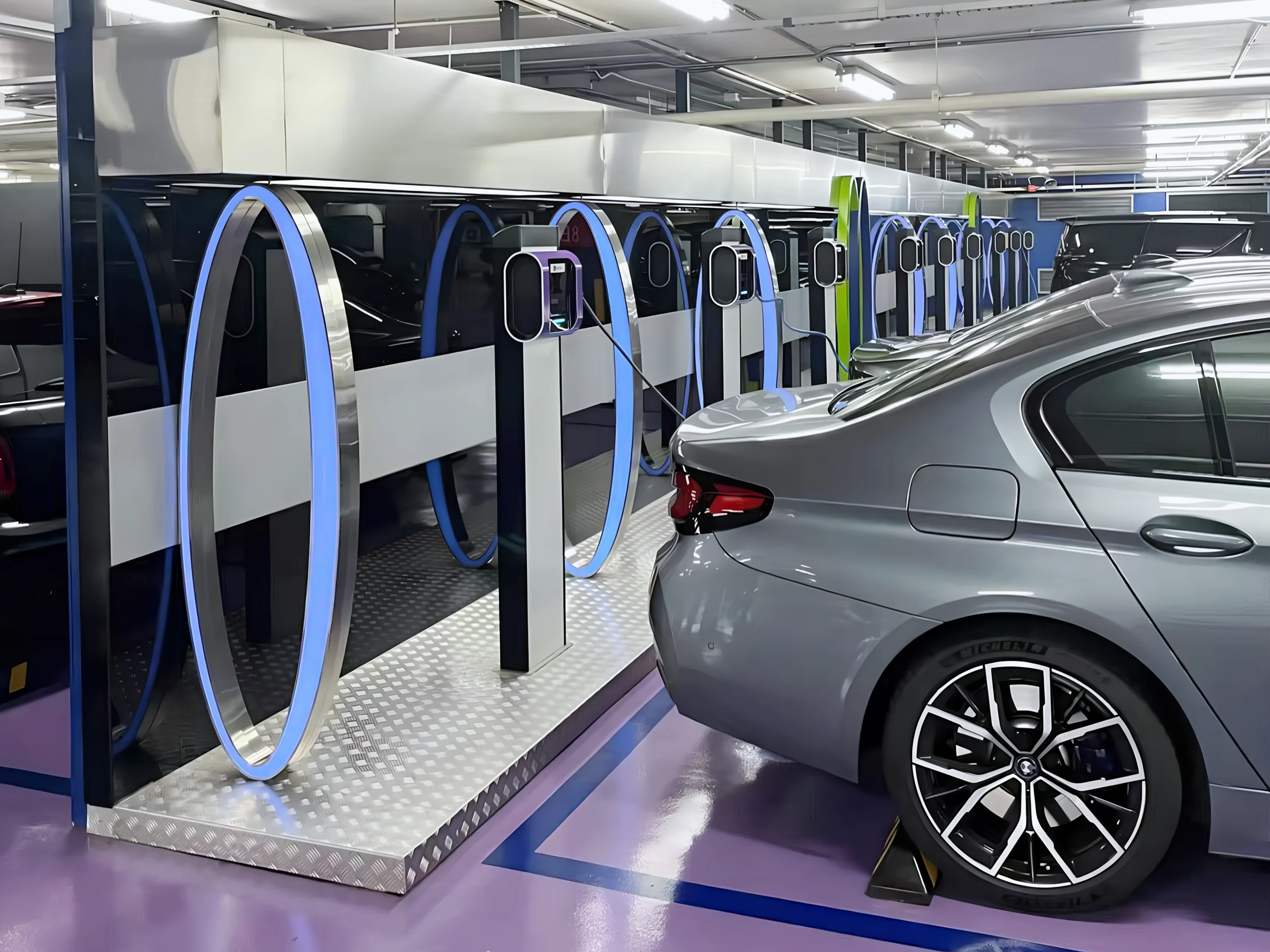
Profit Models for Commercial Charging Stations
Commercial charging stations operate under diverse profit models, and the most successful deployments often combine multiple approaches. For B2B property owners, it is critical to select the model that aligns with their asset type, tenant profile, and long-term growth strategy.
Direct Revenue Model
The most straightforward model is to generate income through charging fees. Customers pay based on kilowatt-hours consumed, time spent charging, or flat-rate packages. Some operators introduce subscription-based plans for frequent users, offering predictable recurring revenue. Flexible payment systems—credit card, RFID, app-based wallets—make it easy to adapt to user behavior and increase adoption.
The direct revenue model is particularly effective in high-traffic locations such as shopping centers, transit hubs, and public parking areas. Here, a commercial charging station can function as a micro-utility, delivering consistent cash flow with each transaction.
Indirect Revenue Model
In many cases, the greater financial value comes from indirect revenue. EV drivers tend to spend more time on-site while their vehicles charge. For shopping malls, this translates into higher sales at retail and dining outlets. For office buildings, it improves tenant satisfaction and retention, which indirectly stabilizes income streams through lease renewals.
Indirect benefits also include brand differentiation. Properties equipped with EV charging are seen as modern, sustainable, and customer-friendly, which attracts a higher-value demographic and strengthens loyalty.
Property Value Model
Another profit model is to use charging infrastructure as a lever to increase property value. Residential complexes can justify higher rents and attract eco-conscious tenants, while commercial properties can negotiate premium leasing terms. The presence of commercial charging stations signals a future-ready asset, which investors and corporate tenants are increasingly prioritizing.
This model is especially attractive for long-term property owners, as the charging infrastructure directly contributes to higher net operating income (NOI) and overall asset valuation.
Hybrid Models
In practice, the most resilient strategy is a hybrid approach. By combining charging fees, tenant retention, rental premiums, and operational savings, businesses create a diversified income portfolio. This layered approach not only shortens the payback period but also ensures long-term profitability in a rapidly evolving EV landscape.

Capital-Stack Thinking for EV Charging Assets
C-suite sponsors often approve EV charging on the back of tenant demand, then discover the real game lies in how the asset is financed, operated, and eventually refinanced. Treating the station as a micro-utility within the wider property portfolio opens balance-sheet tactics that accelerate payback without touching operating budgets.
Lease-or-Buy Structuring
A straightforward equipment lease can move the capex line off the balance sheet, converting the project into an operational expense that is recovered through user fees or green-lease clauses. For funds targeting lower leverage, a managed-services contract bundles installation, insurance, and lifecycle replacement under a fixed quarterly payment, allowing net-operating-income to rise immediately while the provider carries residual-value risk.
Energy-as-a-Service Contracts
Under an EaaS agreement, a third-party investor owns the electrical infrastructure upstream of the charger. The property simply buys delivered kilowatt-hours at a tariff indexed to local utility rates, yet captures the retail markup charged to drivers. This unbundling strategy frees owners from demand-charge exposure and shortens the effective payback horizon to the margin between wholesale and forecourt pricing.
Green-Finance Monetisation
Sustainability-linked loans and green bonds increasingly offer margin reductions when KPIs such as avoided tonnes of CO₂ or renewable-energy share are met. Embedding EV charging into the property’s environmental roadmap can trigger basis-point savings that flow straight to EBITDA, effectively lowering the cost of capital across the entire estate, not just the parking zone.
Refinance at Stabilisation
Once utilisation reaches a predictable cadence, the cash-flow stream can be securitised or folded into a property-assessed clean-energy (PACE) loan. The new debt is serviced by the charging revenue, releasing equity for the next development while the original sponsor retains upside from tenant retention and rental uplift.
By approaching the charger as a discrete cash-flow ring-fence within the broader capital stack, B2B owners shorten payback without squeezing tenants or compromising cap-rate discipline.
Unlocking Hidden Margin in EV Charging Hardware Decisions
For commercial real estate executives, the charger is no longer a box on a pole; it is a revenue-grade asset that must survive a decade of weather, tariffs, and tenant turnover. The difference between a commoditized purchase and a strategic investment sits inside a handful of engineering choices that rarely appear on the front page of a bid sheet.
Revenue-Grade Metrology as Standard
Sub-meter accuracy is the quiet guardian of every dollar that flows through the cord. When the internal meter carries a certified revenue stamp, property owners can ring-fence kWh sales from general landlord electricity, eliminate shadow leakage, and present auditable statements to sustainability auditors or green-bond underwriters. In lease negotiations, this single feature underpins the legal footing to bill tenants or visiting fleets without dispute, turning the EV amenity into a true profit center rather than a cost recovery line.
Modular Power Paths That De-Risk Expansion
Forward-thinking asset managers specify rectifier trays that slide out like server blades. The benefit is not technical bragging rights; it is capital allocation discipline. You deploy half the power electronics today, fund the expansion with tomorrow’s cash flow, and never take a second trenching hit. The same architecture lets on-site staff swap a failed module during lunch hour, keeping uptime optics high for the corporate mobility manager who signs the next five-year lease renewal.
Cyber-Security Posture That Satisfies Risk Committees
Enterprise tenants with global footprints now circulate supplier-security questionnaires that rival bank audits. Electric vehicle charging stations equipped with hardware root-of-trust, encrypted boot chains, and certificate-based access remove a red flag from the procurement process. Closing that risk gap fast-tracks lease-up velocity and supports the business case for the green-technology rent premium that institutional landlords increasingly quote.
Predictive Maintenance as a Silent Cash Keeper
On-board diagnostics that flag connector wear or thermal drift before failure translate directly into avoided truck rolls and brand protection. A dark screen at the front entrance is a reputational wound for any shopping district or office campus; a charger that schedules its own service window preserves both foot traffic and the asset manager’s credibility with the tenant experience committee.
By filtering every hardware conversation through these lenses—revenue traceability, modular scale, future energy services, cyber governance, and self-healing uptime—B2B buyers transform EV infrastructure from a sunk capital line into a resilient, income-producing property technology that compounds across the holding period.
Operational Excellence: From Deployment to Maintenance
Deploying charging infrastructure is only the first step. To truly maximize ROI, businesses must ensure operational excellence across the full lifecycle of the station—from planning and installation to daily operation and long-term maintenance.
Comprehensive Site Assessment
Every property has unique requirements, such as grid capacity, parking layout, and user behavior. A detailed site assessment identifies the optimal configuration of charging points, ensuring that the installation is both cost-effective and scalable. For B2B buyers, this upfront planning reduces wasted investment and ensures that the charging infrastructure supports future expansion.
Seamless Installation and Training
Installation is often a bottleneck for businesses, especially when it disrupts ongoing operations. A streamlined process—covering electrical connections, safety compliance, and integration with property management systems—minimizes downtime. Equally important is staff training, enabling property managers to understand how to monitor, manage, and maintain the charging infrastructure without technical complexity. During installation planning, many B2B buyers prefer scalable options such as a 22kw electric car charging stations, which balances faster charging capability with manageable infrastructure costs.
Remote Monitoring and Diagnostics
One of the defining features of modern commercial charging stations is the ability to diagnose and resolve issues remotely. This capability reduces reliance on frequent on-site visits, cutting operational costs significantly. For property owners, this means fewer service interruptions, higher uptime, and consistent revenue generation.
SaaS Platforms and OCPP Compatibility
Software-as-a-Service (SaaS) platforms provide real-time data on usage patterns, revenue performance, and energy costs. Property owners can adjust pricing dynamically, implement demand-based tariffs, and generate automated financial reports. Compatibility with the Open Charge Point Protocol (OCPP) ensures interoperability across multiple systems, preventing vendor lock-in and ensuring future scalability. By collaborating with a reliable commercial charging station manufacturer, B2B buyers can ensure that their infrastructure remains scalable, OCPP-compatible, and adaptable to future market needs.
Preventive Maintenance and Long-Term Support
Regular preventive maintenance is crucial to extend the lifespan of charging hardware. When combined with 24/7 technical support, businesses can guarantee operational continuity. For B2B buyers, knowing that their infrastructure is backed by reliable support translates directly into reduced risk and stronger financial returns.
Operational excellence is therefore not just about keeping the chargers running—it is about creating a self-sustaining ecosystem that consistently generates revenue while minimizing costs.
Strategic Advantages for B2B Buyers
Investing in a commercial charging station is more than a tactical move—it delivers strategic advantages that reshape the long-term value of a property. For decision-makers in retail, real estate, and office management, these advantages go far beyond immediate ROI.
Driving Customer Traffic and Engagement
An EV charging facility acts as a magnet for high-value customers. Eco-conscious drivers often choose their destinations based on charging availability, meaning properties with EV infrastructure gain a competitive edge in attracting traffic. This engagement is not short-lived; by offering reliable charging, businesses establish recurring visits and stronger customer relationships.
Strengthening ESG and Sustainability Credentials
Environmental, social, and governance (ESG) compliance is becoming a key criterion for tenants and investors. By deploying EV charging, businesses align themselves with global sustainability trends, enhancing brand reputation and meeting regulatory requirements. For commercial property owners, this alignment makes their asset more attractive to multinational tenants with strict ESG standards.
Differentiation in a Competitive Market
As EV charging transitions from optional to essential, properties that lack infrastructure risk losing tenants and customers. By investing early, B2B buyers differentiate their assets, commanding higher rents and longer leases. A commercial charging station becomes part of the property’s brand identity, positioning it as future-ready and technologically advanced.
These strategic advantages compound over time, ensuring that the charging station is not just a cost recovery tool but a growth engine for the business.

Conclusion
The shift toward electric mobility is irreversible, and the opportunity for B2B property owners is clear: investing in commercial charging stations now delivers financial, strategic, and reputational benefits. From direct revenue through charging fees to indirect gains in foot traffic, tenant retention, and asset valuation, the profitability potential is multi-dimensional.
By adopting end-to-end solutions, businesses can reduce complexity, optimize operations, and accelerate their payback cycle. Partnering with premium brands for a BMW charging station installation, for example, can elevate a property’s prestige while delivering a seamless, high-performance charging experience that aligns with the expectations of a luxury clientele. Multi-scenario applications ensure that every property type—retail, office, residential, or mixed-use—benefits from a customized approach. With operational excellence and scalable systems, a charging station becomes more than infrastructure; it becomes a profit center.
For B2B buyers, the decision is not about whether EV charging will be profitable, but about how quickly it can deliver returns. The sooner the infrastructure is deployed, the faster businesses capture the benefits of increased traffic, enhanced property value, and alignment with sustainability goals. Among the scalable options available, a 7-22kw electric vehicle charging station is often considered ideal for balancing installation costs with reliable mid-range charging capacity in commercial settings.
If you are ready to transform your property and unlock new revenue opportunities, now is the time to act. A commercial charging station is not just an amenity—it is a strategic investment that positions your business for long-term success in the era of electric mobility.

